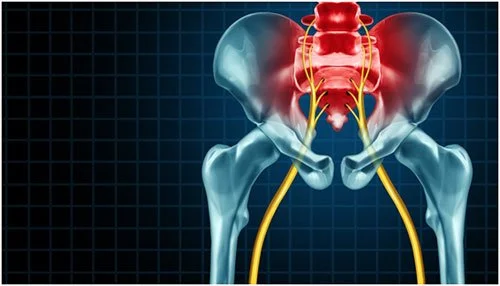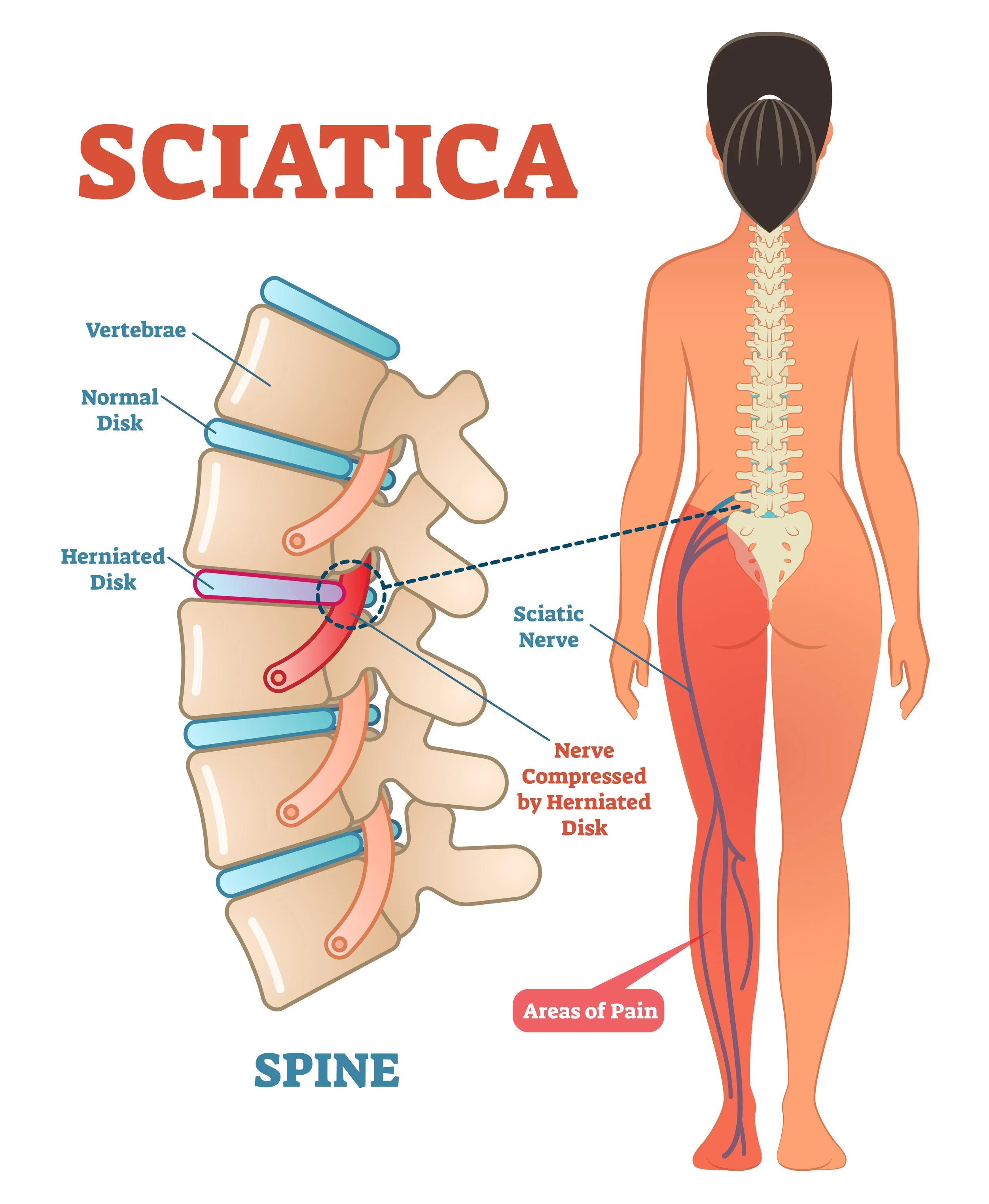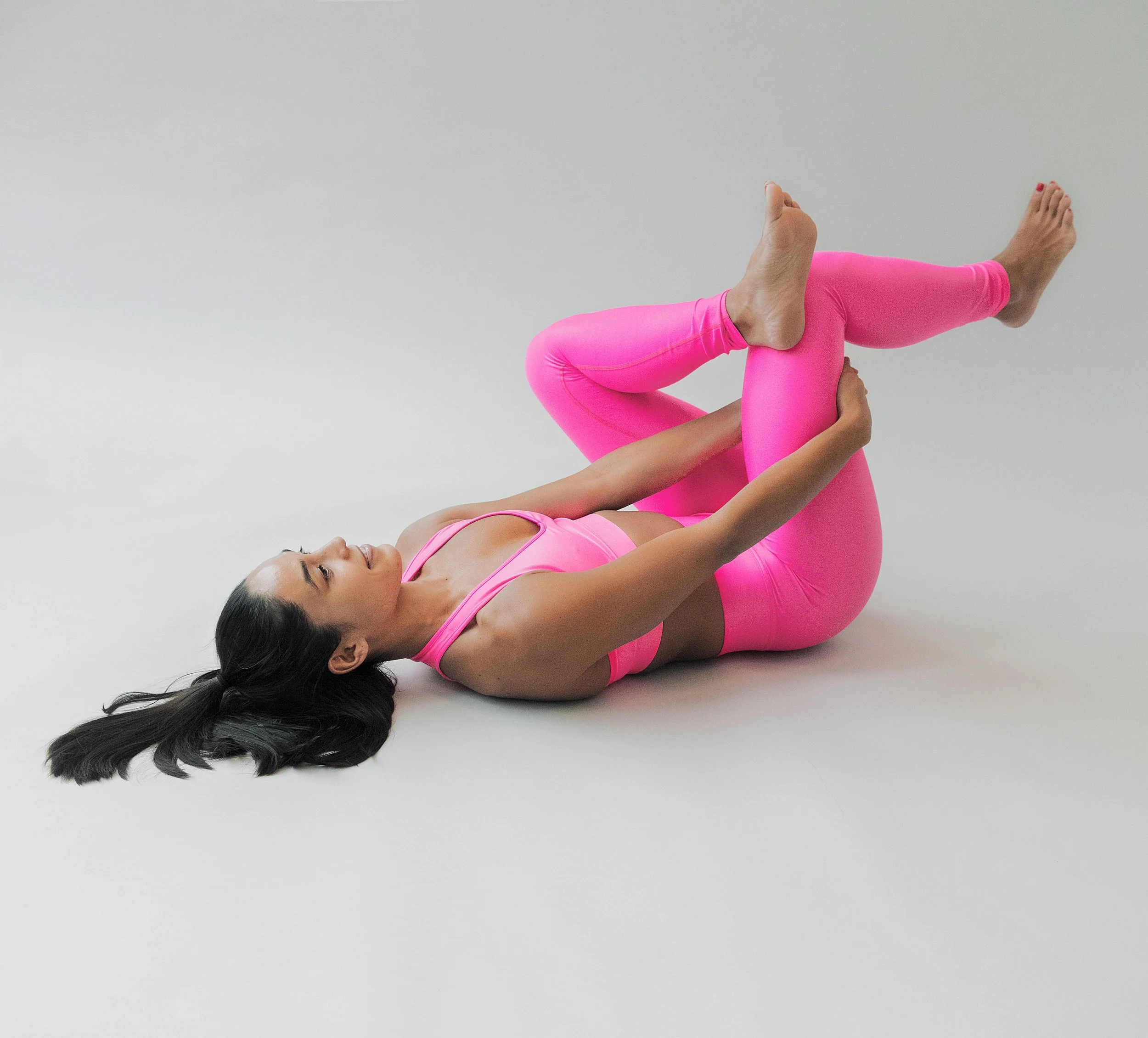Needling Pain Away: The Power of Dry Needling in Rehabilitation
In the realm of rehabilitation, various techniques are employed to alleviate pain, restore function, and promote healing. One such technique gaining popularity is dry needling. Often confused with acupuncture, dry needling is a distinct therapeutic approach that targets trigger points in muscles to relieve pain and improve musculoskeletal function. In this blog post, we'll delve into what dry needling is, how it differs from acupuncture, and how it can be a valuable tool in rehabilitation.
Dry needling is a therapeutic technique that involves the insertion of thin needles into specific points in muscles, tendons, ligaments, or fascia, known as trigger points or myofascial trigger points. These trigger points are areas of hyperirritability within the muscle tissue, often associated with muscle tightness, tension, and pain. By targeting these trigger points with needles, dry needling aims to stimulate a healing response, alleviate pain, and restore normal muscle function.
Difference Between Dry Needling and Acupuncture:
While both dry needling and acupuncture involve the use of needles, they are based on different principles and have distinct therapeutic goals:
Dry needling is a Western-based technique rooted in neuroanatomy and musculoskeletal physiology. It targets specific trigger points in muscles to alleviate pain and dysfunction.
Acupuncture, on the other hand, is a traditional Chinese medicine practice that aims to restore the flow of qi (energy) along meridian pathways in the body. Acupuncture points may or may not correspond to trigger points targeted in dry needling.
Benefits of Dry Needling in Rehabilitation:
Dry needling can offer numerous benefits in the rehabilitation setting, including:
Pain Relief: Dry needling can help reduce pain associated with musculoskeletal conditions such as muscle strains, tendonitis, and myofascial pain syndrome.
Improved Range of Motion: By releasing tension in muscles and restoring normal muscle function, dry needling can help improve flexibility and range of motion in joints.
Trigger Point Release: The insertion of needles into trigger points causes a localised twitch response in the muscle fibers, which helps release tension and reset muscle tone.
Improved Blood Flow: Needle insertion stimulates local blood flow to the area to promoting tissue healing.
Complementary Treatment: Dry needling can be used in conjunction with other rehabilitation techniques such as manual therapy, exercise therapy, and modalities to optimise outcomes and facilitate recovery.
Dry needling is a valuable therapeutic technique that can play a significant role in rehabilitation by relieving pain, improving function, and promoting healing. Whether used as a standalone treatment or as part of a comprehensive rehabilitation program, dry needling offers a safe and effective approach to addressing musculoskeletal conditions and optimising patient outcomes. If you're considering dry needling as part of your rehabilitation journey, be sure to consult with a qualified healthcare provider who can assess your needs and develop a personalised treatment plan tailored to your goals, as not everyone is suitable for dry needling.
Soaring Safely: A Guide to Aerial Fitness and Injury Management
Aerial fitness has gained popularity in recent years for its unique combination of strength, flexibility, and artistry. Whether you're practicing aerial silks, hoops, or hammocks, aerial fitness offers a thrilling workout experience that challenges both body and mind. However, like any physical activity, aerial fitness carries the risk of injury. In this blog post, we'll explore the world of aerial fitness, discuss common injuries associated with it, and provide practical tips for injury management and prevention.
Aerial fitness encompasses a variety of disciplines that involve performing acrobatic movements while suspended from fabric, hoops, or other apparatuses. These disciplines require strength, flexibility, coordination, and body awareness, making them an excellent full-body workout. Aerial fitness can be enjoyed by people of all ages and fitness levels, with options available for beginners through advanced practitioners.
Common Injuries in Aerial Fitness:
While aerial fitness offers numerous benefits, it's essential to be aware of the potential risks involved. Common injuries in aerial fitness may include:
Strains and Sprains:
Overuse or improper technique can lead to strains or sprains in the muscles and ligaments of the shoulders, back, and wrists.
Shoulder Injuries:
The shoulders bear a significant load in aerial movements, increasing the risk of overuse injuries, such as rotator cuff tears or impingement syndrome.
Wrist Injuries:
Excessive pressure on the wrists during gripping or hanging movements can lead to wrist strains, tendonitis, or carpal tunnel syndrome.
Hip Flexor Strains:
The dynamic movements and suspended positions in aerial fitness can put strain on the hip flexors, leading to discomfort or injury. Overuse or improper technique may exacerbate this issue.
Hamstring Tears:
Aerial movements often require flexibility and mobility in the hamstrings. However, overstretching or sudden movements can strain or tear the hamstring muscles, resulting in pain and limited mobility.
Injury Management and Prevention:
While injuries are an inherent risk in aerial fitness, there are steps you can take to minimise their occurrence and manage them effectively:
Listen to Your Body:
Pay attention to your body's signals and avoid pushing through pain or discomfort. Take breaks as needed and modify movements to suit your abilities.
Warm-Up and Cool Down:
Prioritise a thorough warm-up before each aerial session to prepare your muscles and joints for movement. Similarly, incorporate gentle stretching and cool down exercises to promote flexibility and recovery post-workout.
Proper Technique:
Focus on maintaining proper technique and alignment during aerial movements to reduce the risk of injury. Seek guidance from a qualified instructor and progress gradually as you build strength and skill.
Cross-Training:
Supplement your aerial training with cross-training activities that target complementary muscle groups and address any imbalances. Strength training, yoga, and Pilates can help improve overall stability and support injury prevention.
Rest and Recovery:
Allow adequate time for rest and recovery between aerial sessions to prevent overuse injuries and promote tissue repair. Incorporate rest days into your training schedule and prioritise self-care practices such as massage, foam rolling, and hydration.
Aerial fitness offers a dynamic and exhilarating workout experience that can transform both body and mind. However, it's crucial to approach aerial training with caution and mindfulness to prevent injuries and ensure long-term enjoyment of the practice. By incorporating proper technique, listening to your body, and prioritising injury management and prevention strategies, you can soar safely in the world of aerial fitness, achieving your fitness goals while minimising the risk of setbacks. Remember, your body is your greatest asset—treat it with care. So, strap in, take flight, and embrace the joy of aerial fitness with confidence and care.
Sciatica Rehabilitation: How Physiotherapy Can Guide Your Journey to Recovery
Sciatica, characterised by pain that radiates along the sciatic nerve, can be a debilitating condition that significantly impacts daily life. Whether caused by a herniated disc, spinal stenosis, or other underlying issues, sciatica requires a comprehensive rehabilitation approach to alleviate symptoms, improve mobility, and prevent recurrence. While sciatica can be challenging to manage, physiotherapy offers a comprehensive approach to rehabilitation that addresses pain relief, improves mobility, and enhances overall function.
Understanding Sciatica:
Sciatica occurs when the sciatic nerve, which runs from the lower back down the back of each leg, becomes compressed or irritated. This compression can result in pain, numbness, tingling, or weakness that radiates along the path of the nerve.
Rehabilitation Strategies:
Rehabilitation for sciatica typically involves a combination of pain management techniques, targeted exercises, and lifestyle modifications. Here are some effective strategies to help you recover from sciatica:
Pain Management:
Consult with a healthcare professional to develop a personalised pain management plan. This may include over-the-counter or prescription medications to alleviate pain and inflammation.
Physiotherapists employ various pain management techniques to alleviate discomfort and promote healing. These may include manual therapy, such as soft tissue releases, dry needling and joint mobilisations, to reduce muscle tension and improve joint mobility.
Targeted Exercise Prescription:
One of the cornerstones of sciatica rehabilitation is therapeutic exercise tailored to your specific needs and capabilities. Your physiotherapist will design a customised exercise program focused on improving flexibility, strength, and mobility while addressing underlying biomechanical issues.
Exercises may include stretching to alleviate nerve compression, strengthening exercises to stabilise the spine and supporting muscles, and core stabilisation exercises to improve posture and spinal alignment.
Gentle Stretching Exercises:
Incorporate gentle stretching exercises to improve flexibility and alleviate pressure on the sciatic nerve. Focus on stretches that target the lower back, glutes, hips, and hamstrings.
Examples of effective stretches include the seated piriformis stretch, supine hamstring stretch, and reclining pigeon pose.
Core Strengthening:
Strengthening the muscles of the core can help support the spine and alleviate pressure on the sciatic nerve. Focus on exercises that target the abdominal muscles, obliques, and lower back.
Planks, bird dogs, and bridges are excellent exercises to strengthen the core and stabilise the spine.
Posture Correction:
Poor posture can exacerbate sciatica symptoms by placing additional strain on the spine. Focus on maintaining proper posture while sitting, standing, and walking.
Use ergonomic chairs and supportive cushions to help maintain a neutral spine while sitting for prolonged periods.
Recovering from sciatica requires patience, dedication, and a multifaceted approach to rehabilitation. By incorporating pain management techniques, targeted exercises, and lifestyle modifications into your daily routine, you can alleviate symptoms, improve mobility, and prevent recurrence of sciatica. With time and consistent effort, you can overcome sciatica and regain control of your life.







